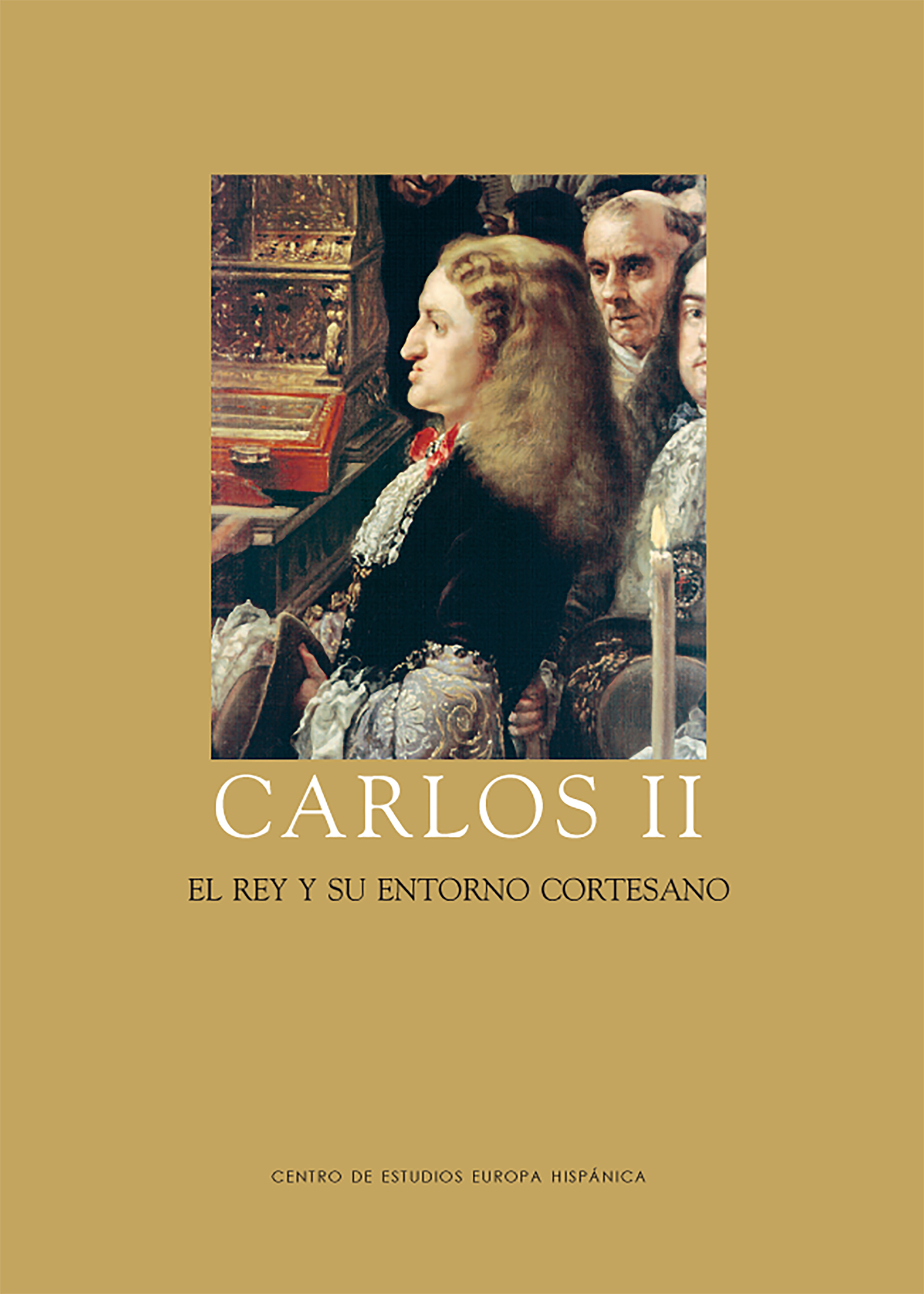Author
Luis Ribot (dir.)
Characteristics
448 pages; 149 color illustrations; hardcover with jacket; 20 x 28 cm
Publication
Spanish; with the collaboration of Patrimonio Nacional; 2009
ISBN
978-84-936060-9-1
Price
€50,00
Having died without issue, Charles II (1661-1700) bequeathed the crown to Louis XIV’s second grandson Philip V, who established the Bourbon dynasty in Spain. The fact that Charles’s will was the most important decision of his reign seems evident proof of his scant involvement in performing his kingly duties —something that historians have unanimously underlined. However, this does not free us from the need to study the personality and actions of the last of the Spanish Hapsburgs and the image his contemporaries and historians have conveyed of him.
A king of the ancien régime cannot be understood without considering the courtly environment he lived in, which reflects and helps explain many of his failings and virtues. His reign, more important in many aspects than has always been thought, was also notable for its court art, particularly the numerous—and often magnificent—pictorial depictions of the monarch. Other aspects directly related to Charles II, such as festivities and music and his rare travels, complete this approach to a man who for thirty-five years embodied and headed a monarchy which, although no longer at its peak, was still a major power with vast territories in the four continents then known.
Luis Ribot is professor of Modern History at the UNED and a permanent member of the Real Academia de la Historia. His many studies on the Habsburg monarchy include El arte de gobernar. Estudios sobre la España de los Austrias (2006) and La Monarquía de España y la guerra de Mesina (1674–1678), which won him the Spanish National Prize for History in 2003.

